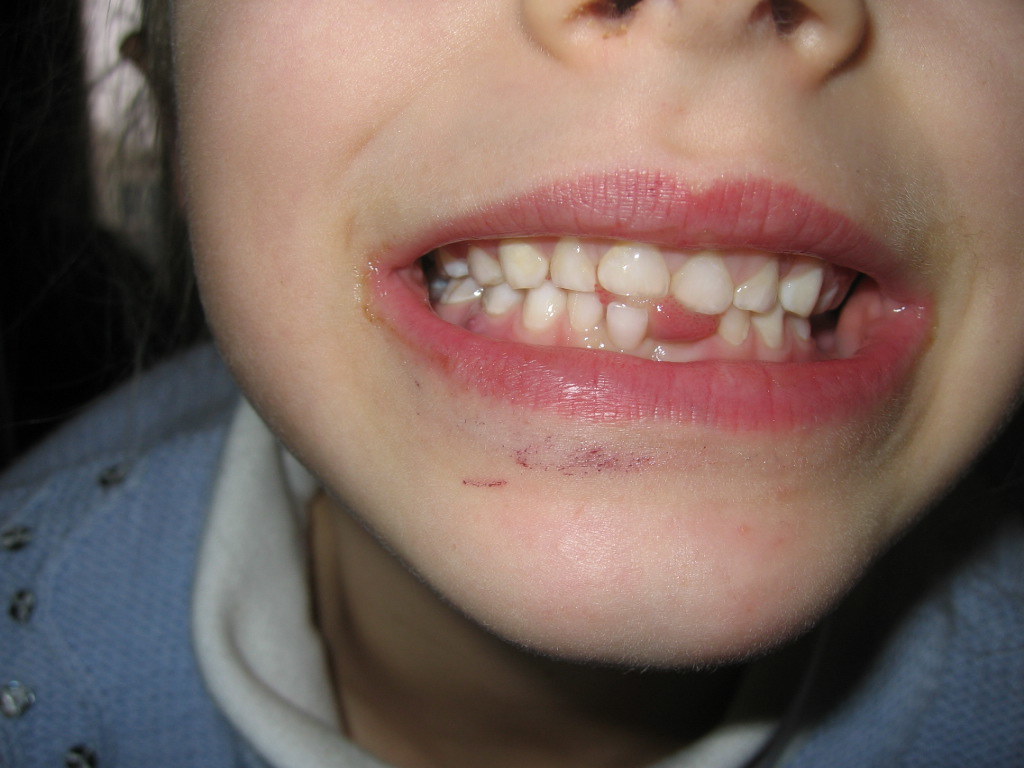When you have a tooth extracted or knocked out, you must fill the gap in your teeth. Leaving the gap untreated can lead to further complications in your mouth and can lead to medical conditions and discomfort. You have a few options available when you have a gap in your teeth, and you will want to consider each carefully before deciding which is best for you. Below are some of the options you can consider helping you decide what to do to fill the gap of a missing tooth or teeth.
Implants
Your dentist will tell you that one of the best things to do when missing a tooth or teeth is dental implants. These are a permanent solution to fix the holes left by missing teeth and are usually connected to the jawbone. You do not have to do anything special to take care of them other than brushing your teeth in the usual way and flossing them daily. The implants are also very realistic, and you cannot often tell which tooth is an implant when you look at them from a distance. It will usually take a couple of visits to your dentist to complete the treatment and have your implants fitted, and this is also one of the costliest ways to fix the gap between your teeth.
Dentures
One of the more traditional methods for plugging the gaps left by missing teeth is dentures. The technology has come on leaps and bounds compared to the old wooden dentures they used to make, and the modern ones are very realistic looking. Your dentist will need to create bespoke dentures, so they are a perfect fit for your mouth, and you will need to remove them at night when you go to sleep. You will also need to clean your dentures separately from the rest of your teeth, and they can sometimes fall out or become loose if the denture cement is not particularly good.
Dental Bridge
You can also consider a dental bridge to plug the gaps between your teeth and replace the missing ones. A crown is placed on the tooth either side of the space, and then false teeth are made to fill the void. Everything is then cemented into place to plug the hole, and it will be hard to tell that you have a bridge unless you look closely. However, the lifespan of these dental bridges is between five and seven years, so it is something you will need to look at doing again in the future. For more information on dental bridges, click here.





